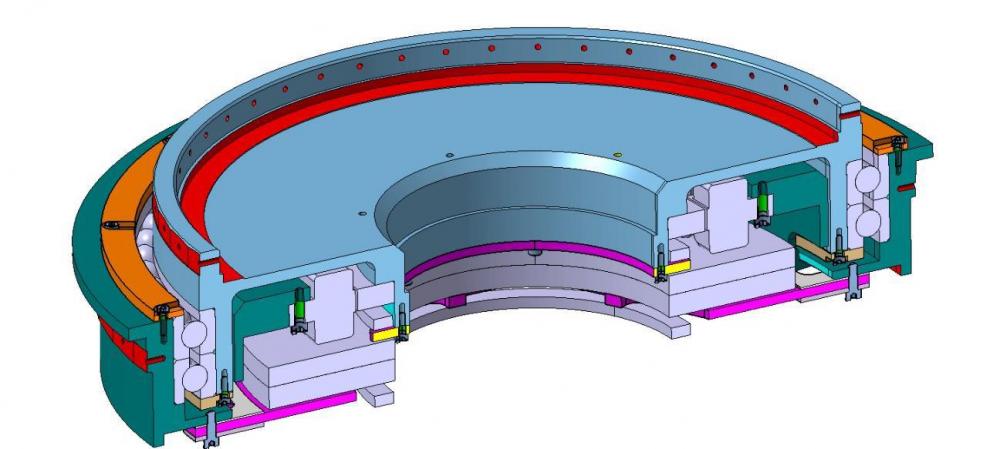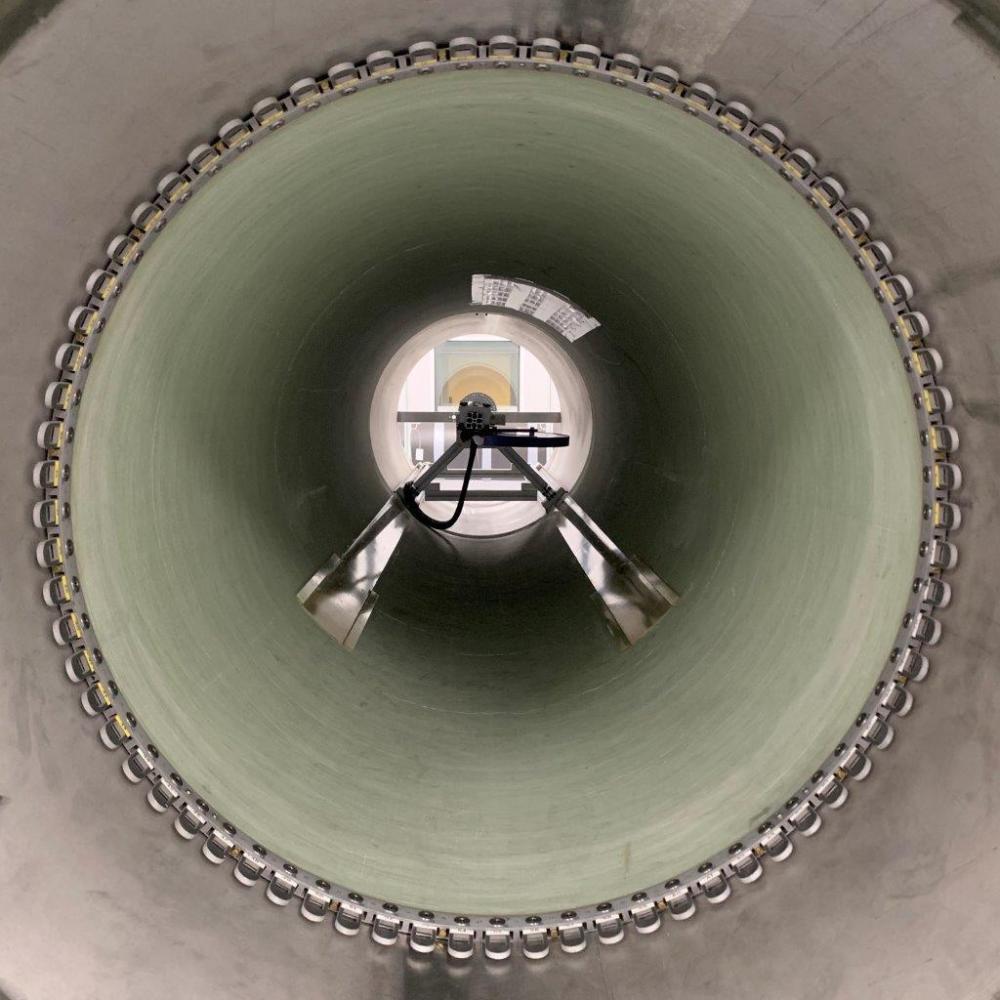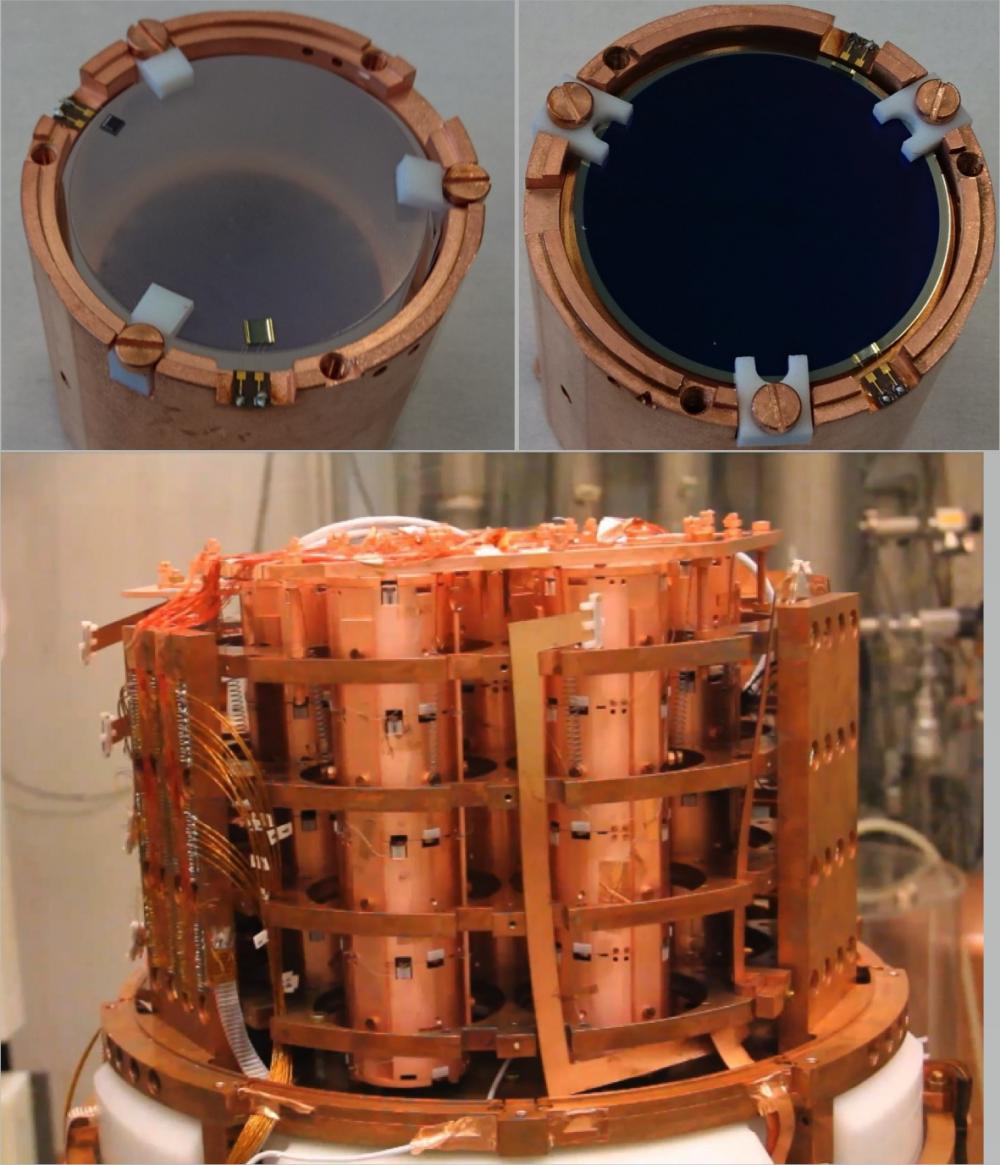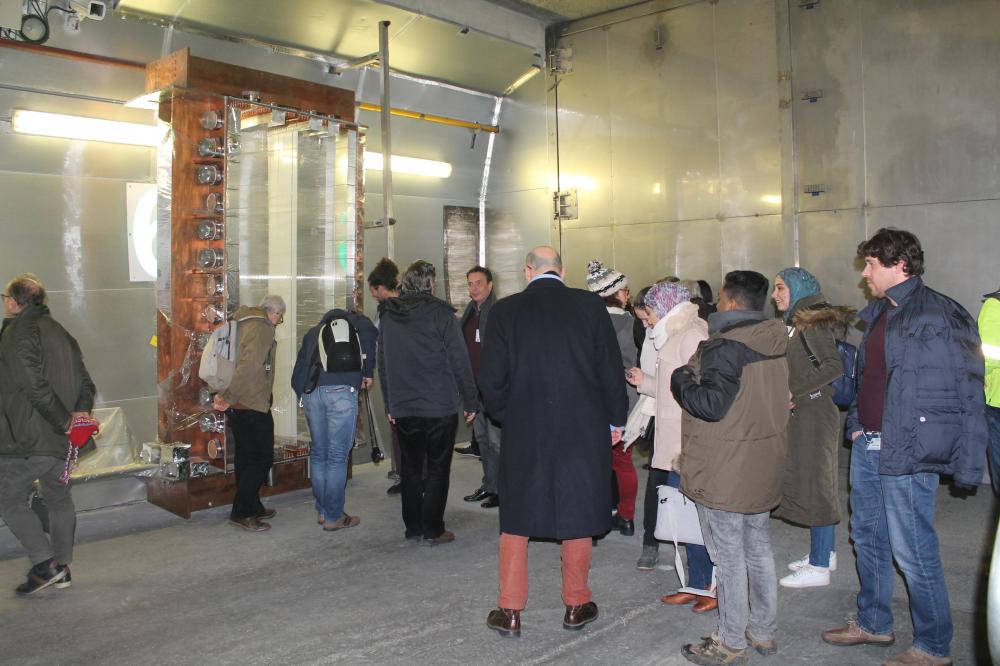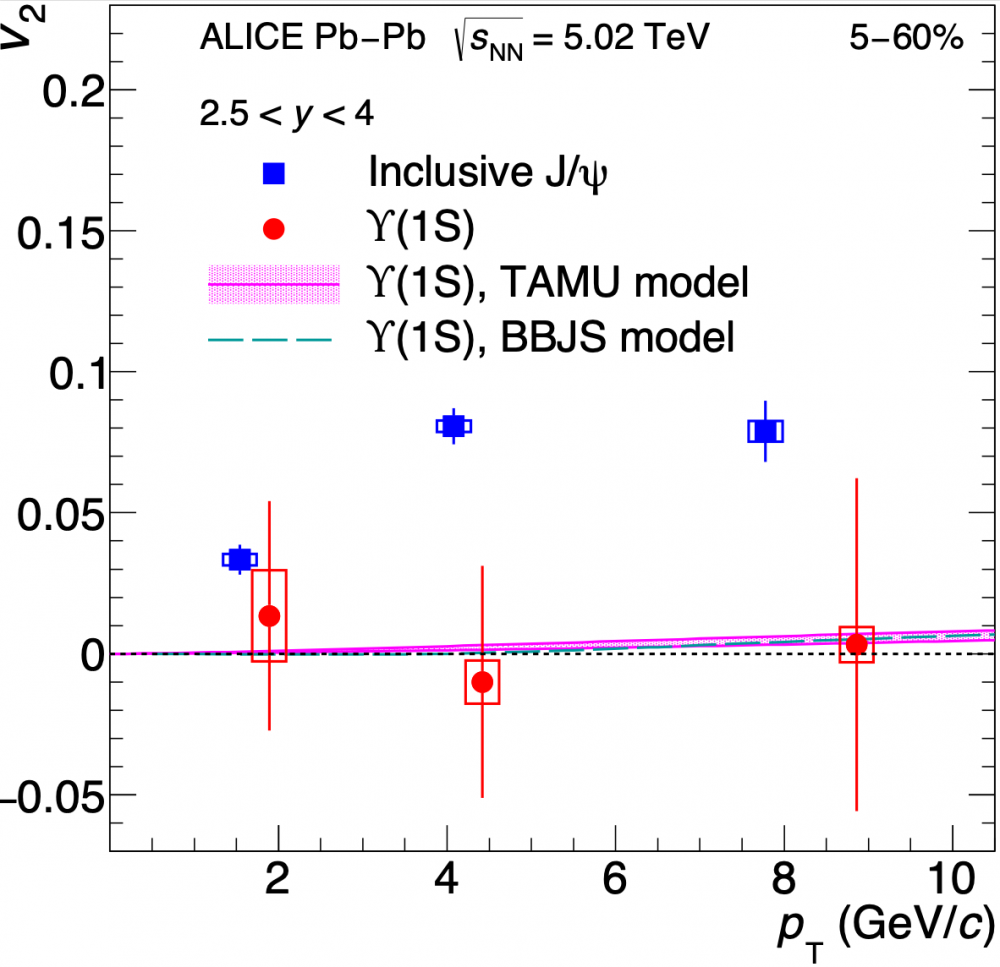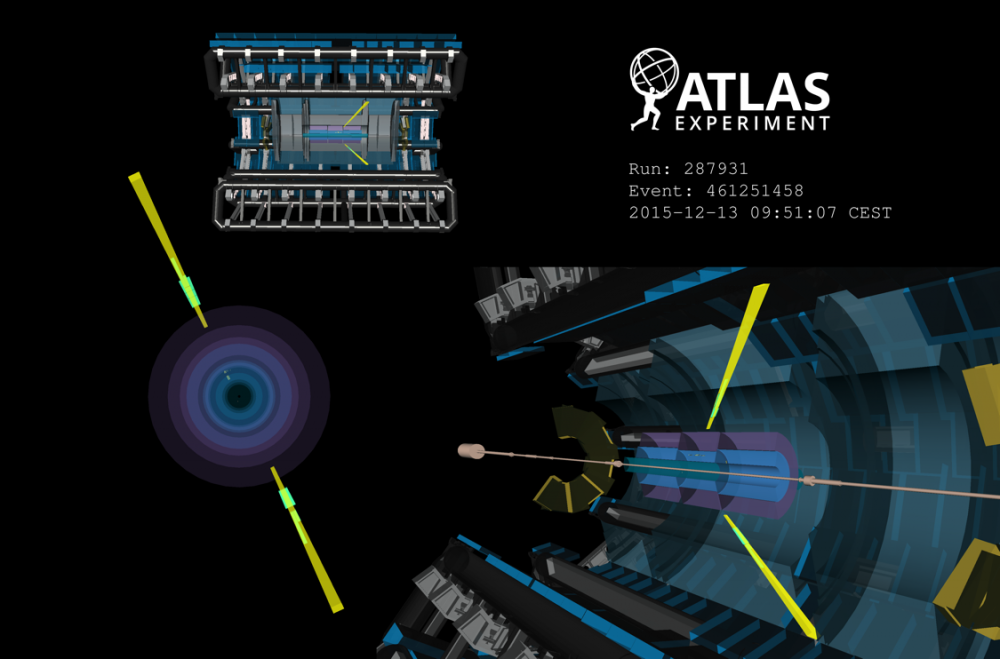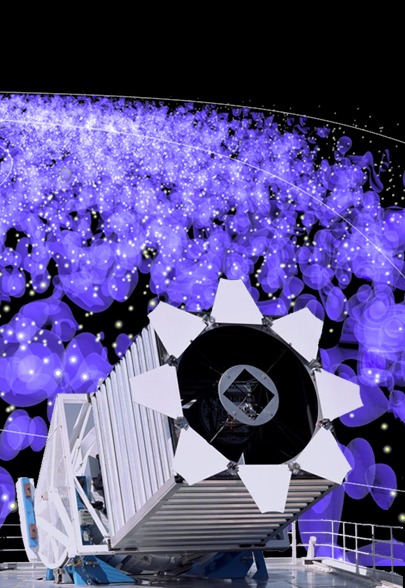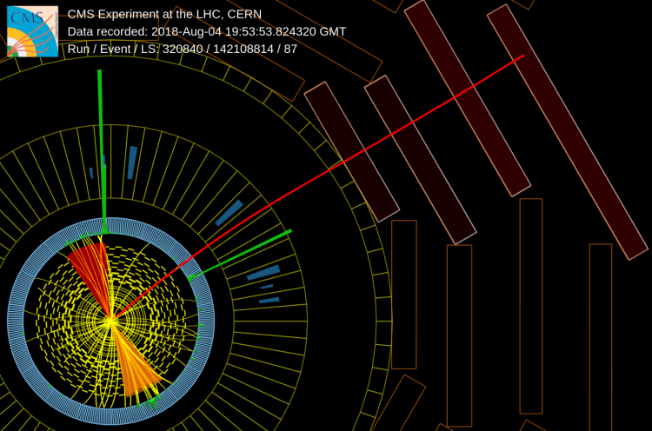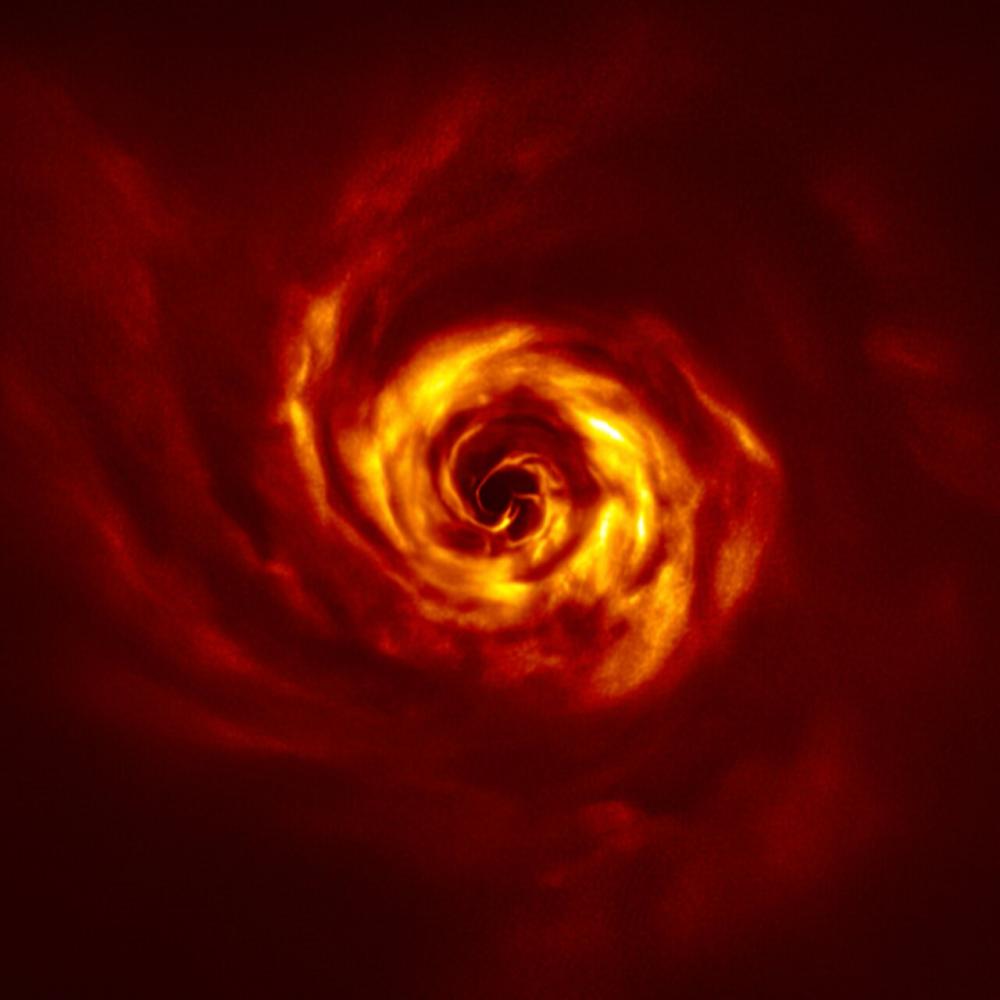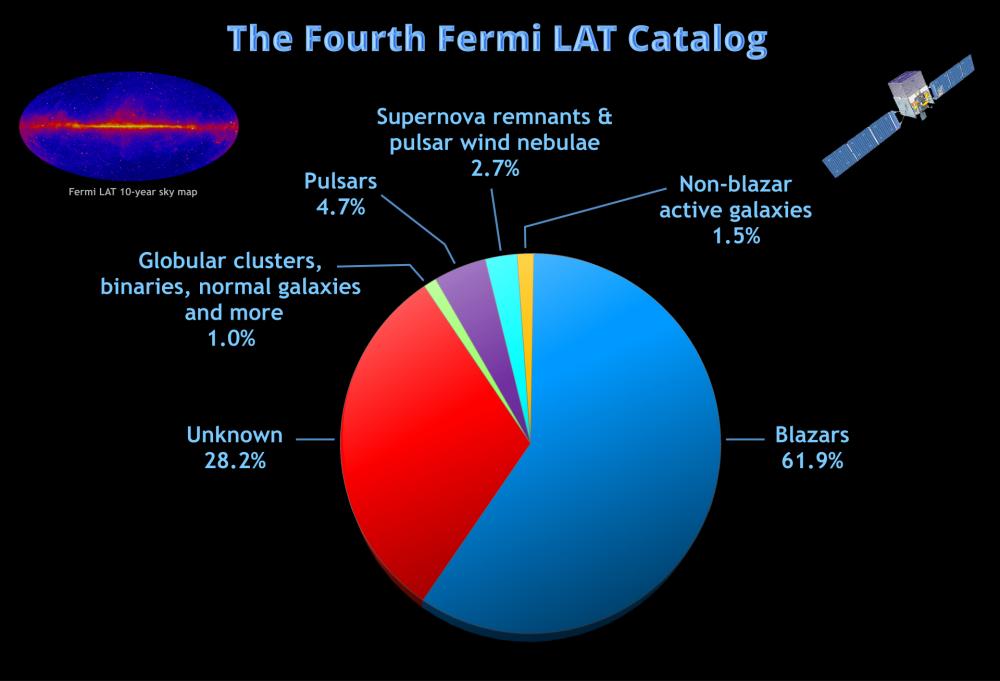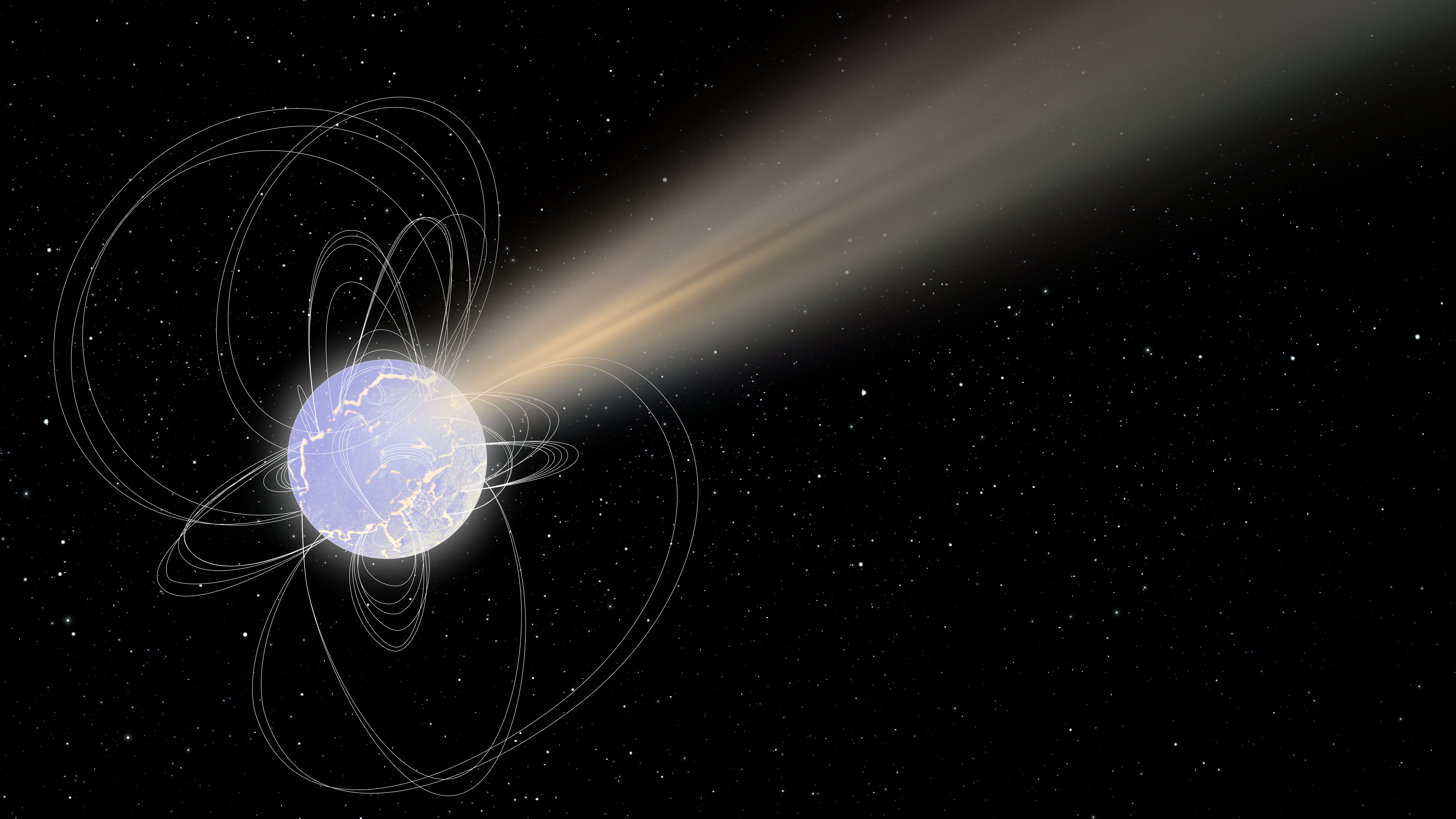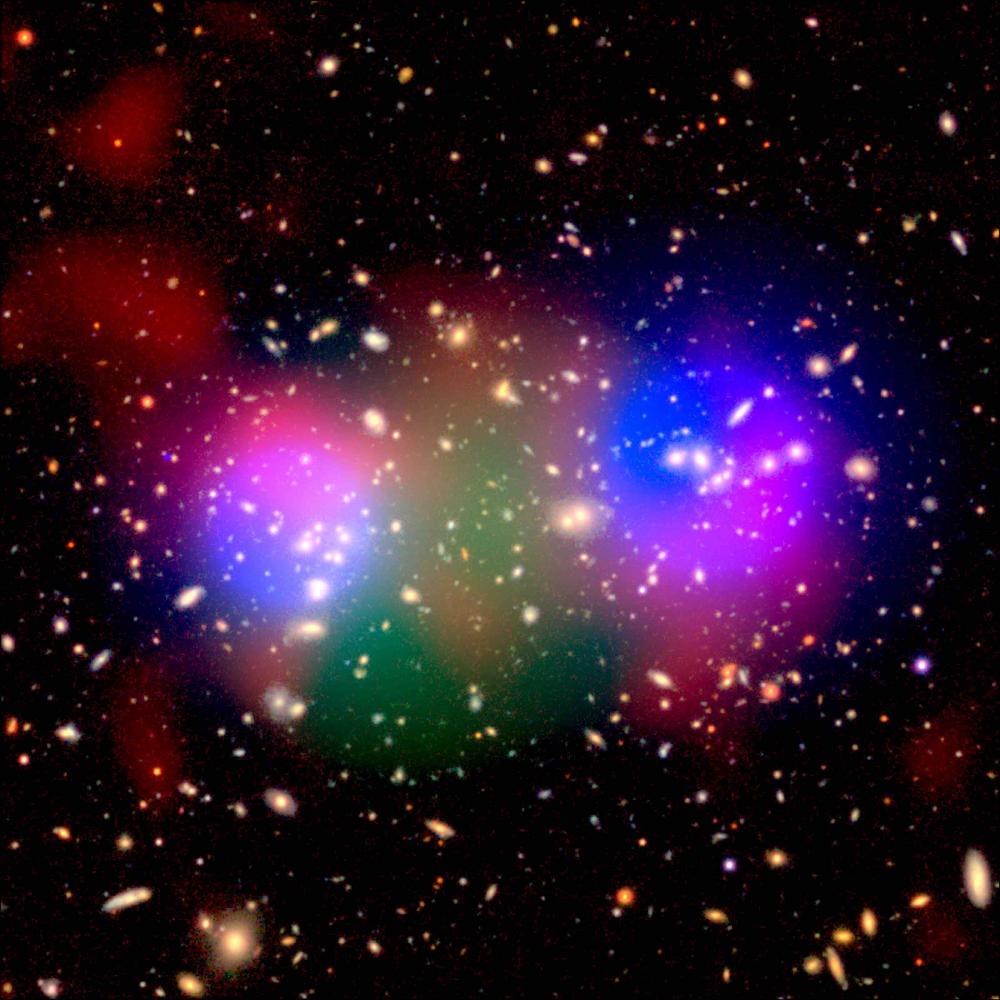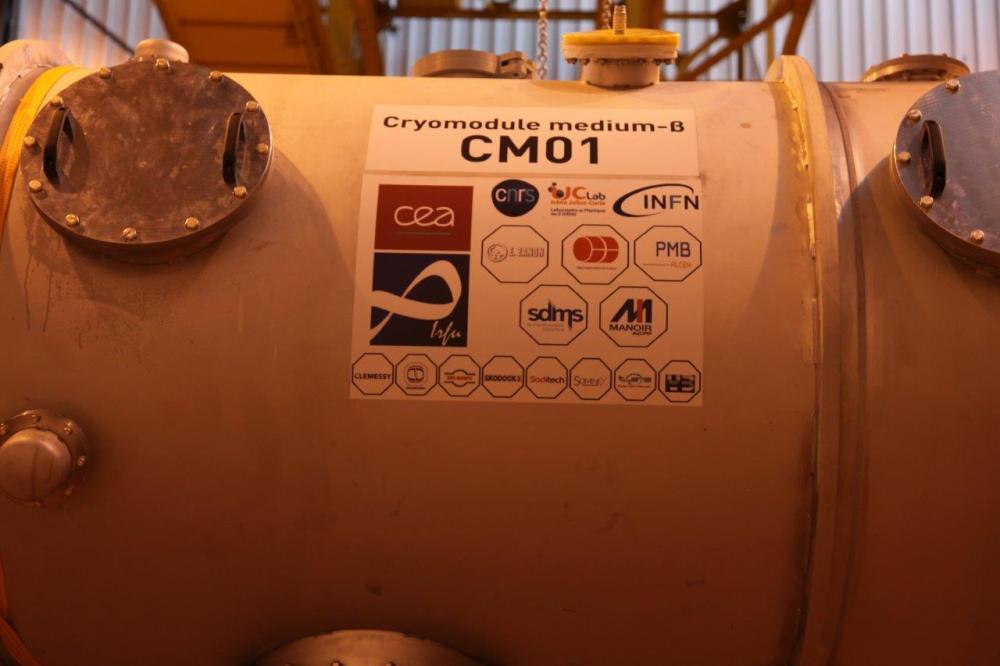ESA has adopted Ariel (Atmospheric Remote-sensing Infrared Exoplanet Large-survey), the 4th medium-class space mission of its Cosmic Vision program. Ariel is expected to be launched in 2029 by Ariane 6 from the Guiana Space Centre in Kourou. The French team, composed of CNES, CEA and CNRS, has taken charge of the design, production and delivery of the AIRS spectrometer. Pierre Olivier Lagage, astrophysicist at Irfu, is one of the 2 co-PI for the ARIEL consortium; the other co-PI is Jean-Philippe Beaulieu from IAP.
On May 18th 2020, ESO formally closed the preliminary design review of the ELT/METIS thermal infrared instrument. Following this important milestone, the instrument enters into the final design phase (phase C) in which the its design will be frozen just before its building.
In order for the images produced by the future MRI to be free of distortions or artifacts, the magnetic field generated by the Iseult magnet must be homogeneous to 0.5 PPM (parts per million) around the patient's brain. To meet this challenging specification, it was necessary to provision means of "shimming" the field, i.e. of correcting all the small defects that would inevitably arise from the manufacturing process. 5904 pieces of shim (small iron platelets) were screwed onto rails and installed inside the magnet tunnel. This first configuration was tested on Thursday, July 9, 2020 by mapping its effect on the magnetic field of Iseult at 3 T. The results are very encouraging as this first shimming iteration allowed to increase the homogeneity of the field in the useful zone from 138.8 to 3.2 PPM (value extrapolated to 11.72 T from magnetic measurements at 3 T).
In its standard form, double beta decay is a process in which a nucleus decays into a different nucleus and emits two electrons and two antineutrinos (2νββ). This nuclear transition is very rare, but it was detected in several nuclei with sophisticated experiments. If neutrinos are their own antiparticles, it’s possible that the antineutrinos emitted during double beta decay annihilate one another and disappear. This is called neutrinoless double beta decay (0νββ), a phenomenon never observed so far. If 0νββ is detected, we will ascertain that neutrinos are their own antiparticles, and this would be a clue as to why they get their tiny masses—and whether they played a part in the existence of our matter-dominated universe.
The CUPID-Mo experiment, installed at the Modane Underground Laboratory, after one year of data between March 2019 and April 2020 has just set a new global limit for the detection of the signature 0νββ.
The international CUPID-Mo experiment conducted by French laboratories of IN2P3, CEA/IRFU and CEA/IRAMIS has been testing the use of Molybdenum-based crystals since last April to detect double beta decay without neutrino emission. The experiment is gradually gaining strength and already shows a near-zero background in the region of interest, which is very promising. The scientists of the collaboration made an update in the occasion of the official inauguration on 11 and 12 December 2019.
The main objective of the KATRIN experiment is the measurement of the mass of the three neutrinos of the Standard Model of Particle Physics. But the analysis of the beta decay spectrum of tritium also allows to search for the trace of a hypothetical fourth neutrino, called sterile neutrino. The collaboration has just published its first analysis in Physical Review Letters (see article) based on four weeks of data acquired in 2019. There is no trace of this fourth neutrino, but this is only the beginning as sensitivity will rapidly improve. The KATRIN spectrometer shows a strong potential to study this possible new facet of the neutrino.
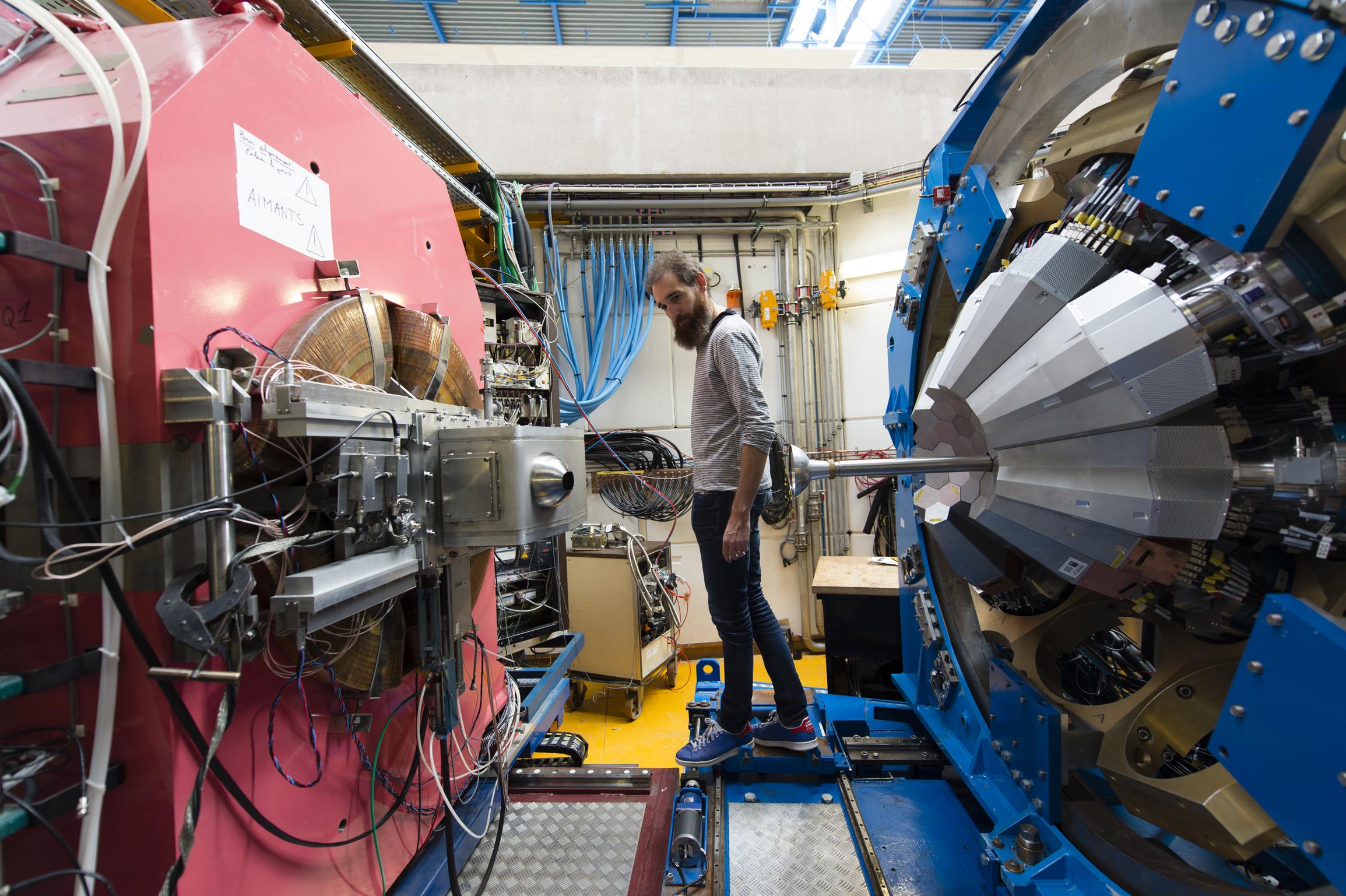
and the VAMOS spectrometer [left] showed that the
balance between the two contributions was more
complex than previously envisaged.
The complexity of the atomic nucleus reflects a multi-component character of the « nuclear force » that holds protons and neutrons together. Proper separation and characterization of each of these components represents a challenge for both theoretical and experimental nuclear structure studies. The tin isotopes (nuclei with Z=50 protons and a number of neutrons depending on the isotope) provide ideal opportunities to study the competition between two of the nuclear force components: the so-called pairing, related to the marked tendency of protons and neutrons to form pairs in the nuclear matter, and the so-called quadrupole interaction term, describing the natural susceptibility of nuclei to adopt deformed shapes. Though of a different nature, these two interaction terms contribute to the goal of achieving an optimum organization of nucleons in the atomic nucleus that will minimize its energy. Previous works have demonstrated that a shift of balance between these two components takes place when approaching tin-100, and this observation provided important constraints for theoretical descriptions of this so-called “doubly-magic” nucleus. Having the same numbers of protons and neutrons (Z=N=50), 100Sn is a key nucleus to validate model descriptions of exotic nuclei.
The 2020 edition of the Large Hadron Collider Physics Conference (LHCP) took place from 25 to 30 May 2020. Due to the COVID-19 pandemic, the conference, originally planned to be hosted in Paris, was held entirely online. The ALICE collaboration presented new results showing how charmed particles - those containing quarks, the elementary components of matter, known as c - can act as "messengers" for the plasma of quarks and gluons, which is believed to have existed in the primordial Universe and can be recreated during heavy ion collisions in the Large Hadron Collider (LHC). By studying the charmed particles, scientists can learn more about hadrons, particles in which quarks are bound together by gluons, and about quark-gluon plasma, a state of matter in which quarks and gluons are not confined within hadrons. These new results are the result of an analysis conducted as part of a thesis currently underway at the DPhN.
A few microseconds after the Big Bang the Univers may have gone through a deconfined state of quarks and gluons, the Quark–Gluon Plasma (QGP). The QGP can be recreated in high-energy heavy-ion collisions. In particular at the LHC at CERN, the QGP behaves like a fluid. All particles, light, strange, or charmed flow collectively as if being carried by the same fluid, proving the strength of the interactions between QGP constituents. The ALICE Collaboration at the LHC, with decisive contributions from the Irfu teams, has just published, in the prestigious Physical Review Letters journal, the first measurement of the elliptic flow of Υ(1S) (a particle composed of a beauty quark and its antiquark). This resonance appears as the first particle at the LHC not flowing with the fluid. This pioneering result opens up the path for deeper studies of the QGP.
Photon-photon elastic scattering is a very rare phenomenon in which two real photons interact producing a new real photon pair. The direct observation of this process at high energy, impossible during decades, was done by ATLAS [1] and CMS [2] experiment at CERN between 2016 and 2019. These successes have led the two collaborations to strengthen their involvement in this new field, leading to a new measurement, currently being published by the ATLAS experiment [3]. Presented for the first time at the LHCP conference in May 2020, the new idea is to use photon collisions to search for a hypothetical axion-like particle. As with the first publications on the subject, IRFU members are at the origin of the ideas at work in the analyses carried out at CERN.
The Sloan Digital Sky Survey (SDSS) published in July a complete analysis of the largest three-dimensional map of the Universe ever created, reconstructing the history of its expansion over a period of 11 billion years.
Scientists from the large cosmological survey SDSS/eBOSS have constructed the first so-called "tomographic" map of the far Universe on a very large scale, which until now only existed in one dimension, along the line of sight of the ground-based telescope. To do this, they used the latest Lyman-alpha forest data, which indirectly plot the density of matter in the direction of bright objects, the quasars. The resulting map covers a cube of 3.26 billion light-years from observations of nearly 10,000 quasars. It is a new tool for studying the history of the Universe and its structures.
This work is published in the JCAP journal (arXiv:2004.01448).
The CMS collaboration presented its most achieved measurement of the Higgs boson properties in the two-photon decay channel at the ICHEP conference in August 2020. The results are based on the complete LHC Run 2 data recorded between 2016 and 2018 and show a level of accuracy never achieved before.
Thanks to this increased sample size, to sophisticated analysis methods using artificial intelligence and developed in part by the CMS group at IRFU, previously unimaginable measurements are now possible: the study of rare modes of production becomes possible. This painstaking work has made it possible to carry out increasingly precise measurements of the properties of the Higgs boson, making it possible to test the Standard Model of particle physics ever further. The latter has once again triumphed in this confrontation.
But with the restart of the LHC collider in 2022, and then its luminosity increase in 2027, the amount of data will be significantly larger, allowing the Standard Model to be examined from every angle.
Motivated by unusual features recently observed with the ALMA instrument in a proto-planetary disc around the star AB Aurigae, an international team of astrophysicists including a researcher from the Department of Astrophysics / Laboratory AIM of the CEA-Irfu of Paris-Saclay has just obtained a very sharp high-contrast image of a S-shasped sub-structure in the gaseous and dusty disc surrounding the star. This remarkable structure, unique and captured thanks to the excellent image quality of the ESO VLT SPHERE instrument, indicates the presence of a giant planet in formation, confirming a theoretical scenario of the birth of planets. Published in the journal Astronomy and Astrophysics, and subject of an ESO announcement, this work is a precursor to future research programmes on protoplanetary disks with the future ELT/METIS instrument.
The Fermi-LAT collaboration has published its fourth source catalog, named 4FGL. Based on eight years of data, it contains 5064 celestial objects emitting gamma rays at energies around 1 GeV, adding more than 2000 high-energy sources to the previous collection (published in 2015). More than one fourth of the objects are of unknown nature, calling for numerous follow-up studies. Although its volume is modest compared to the billions of sources listed in optical catalogs, the 4FGL catalog is by far the deepest in gamma-ray astronomy and serves as a reference to the entire domain. The catalog, coordinated by a researcher at the Astrophysics Department (AIM Laboratory) of CEA-Irfu at Paris-Saclay, is accessible on line at the NASA Fermi web site. In parallel, the 4LAC census of active galactic nuclei (coordinated by a researcher at CNRS/CENBG) is also made available to the community.
An international campaign including ground-based and space telescopes, including the INTEGRAL satellite, discovered end of April 2020 very short pulses in both X-rays and radio waves coming from a compact object in the Galaxy, the magnetar SGR 1935+2154. The simultaneous observation of these signals is seen for the first time in this type of source and attests a connection between magnetars and Fast radio bursts, a class of radio sources whose origin is today poorly known. This work, that includes researchers from the Astrophysics Department/ AIM Laboratory of CEA-Irfu of Paris-Saclay, is published in The Astrophysical Journal Letters and subject press release of a European Space Agency (ESA).
Three major observatories (Subaru, GBT and XMM-Newton) have joined their forces to observe the collision of a pair of galaxy clusters, HSC J023336-053022 (XLSSC 105), located four billion light years away. The spectacular image resulting from the data taken by the Subaru telescope in the visible, the Green Bank Telescope in radio and finally the X-ray satellite XMM-Newton (a space facility intensively used by the Astrophysical Department / AIM Laboratory of CEA Paris-Saclay in particular with its XMM-XXL program), shows that the violence of the shock heats the gas located between the clusters to more than 400 million degrees. It also allows indirect mapping of the dark matter present in the system. This was work was published in the September 2020 issue of the MNRAS journal.
See : the ESA press release
A year and a half after the delivery of the prototype cryomodule (CM00) to ESS, the first production medium beta cryomodule (CM01) has now arrived at the ESS site. It left CEA on September 22, 2020 for a two-day trip to Lund, Sweden. The Irfu teams had previously validated the RF and cryogenic performances of this cryomodule. It will be tested again on the ESS test bench before being integrated in its final position in the accelerator tunnel. This is a first step. Starting next year, ESS will receive an average of one cryomodule per month for 3 years.


